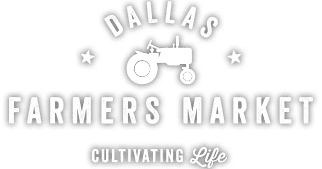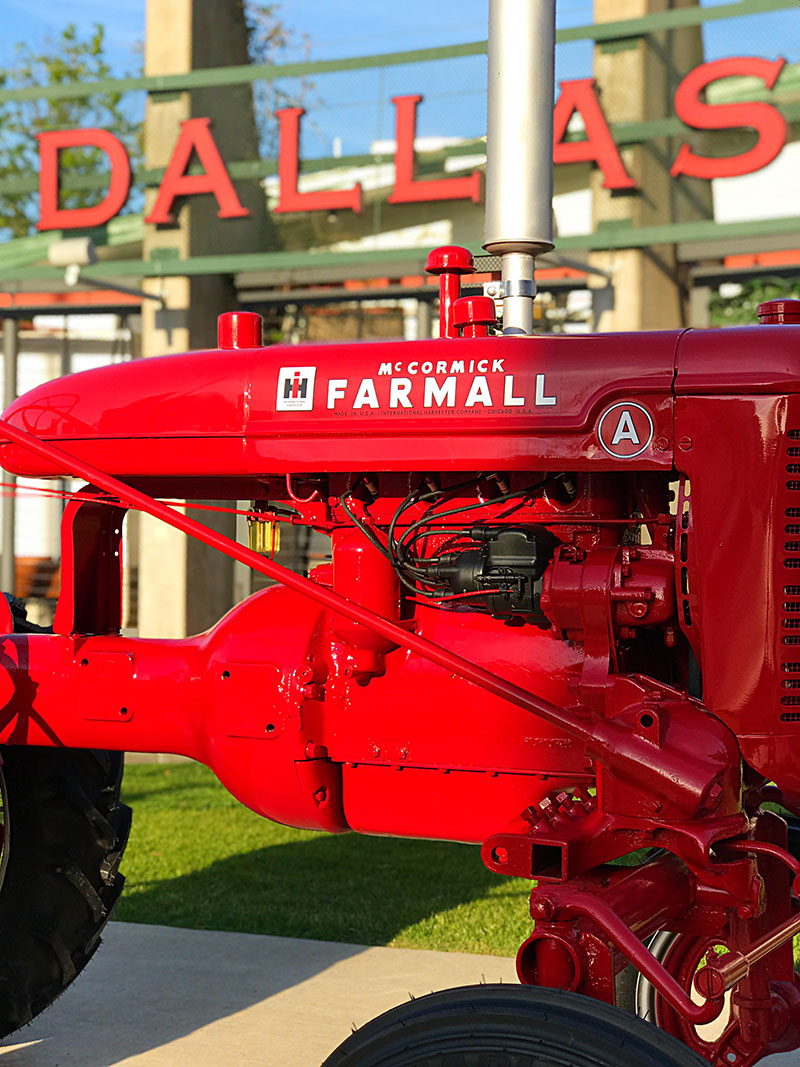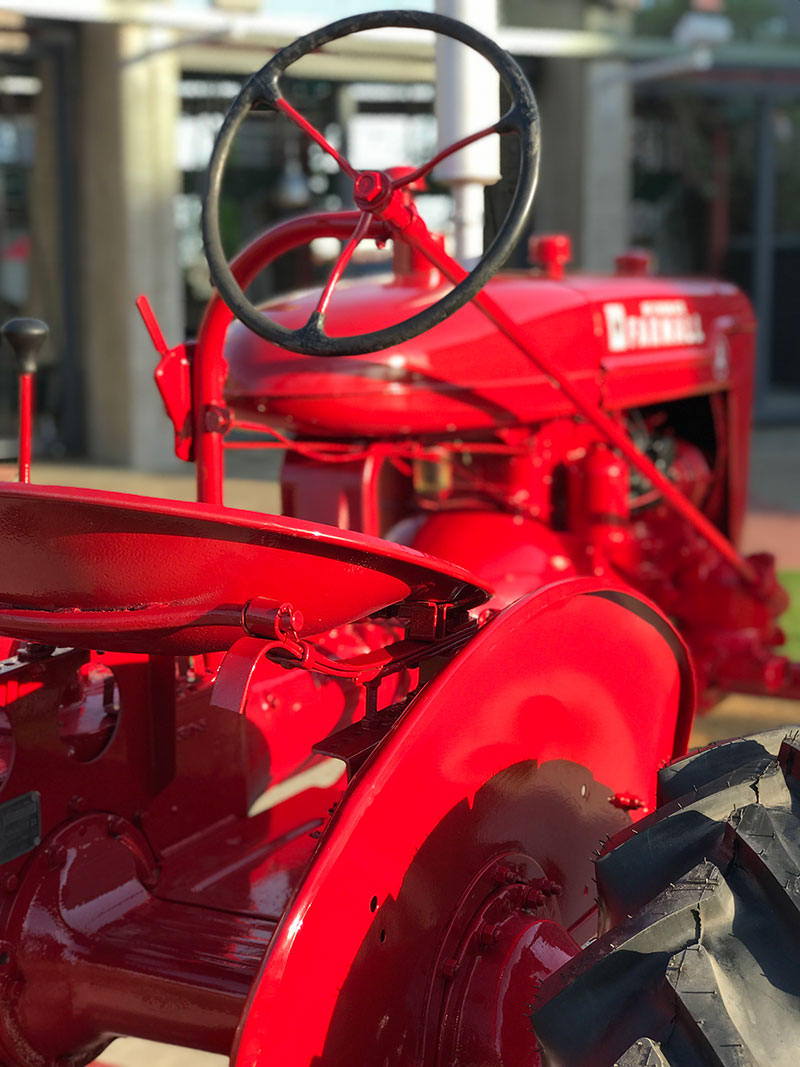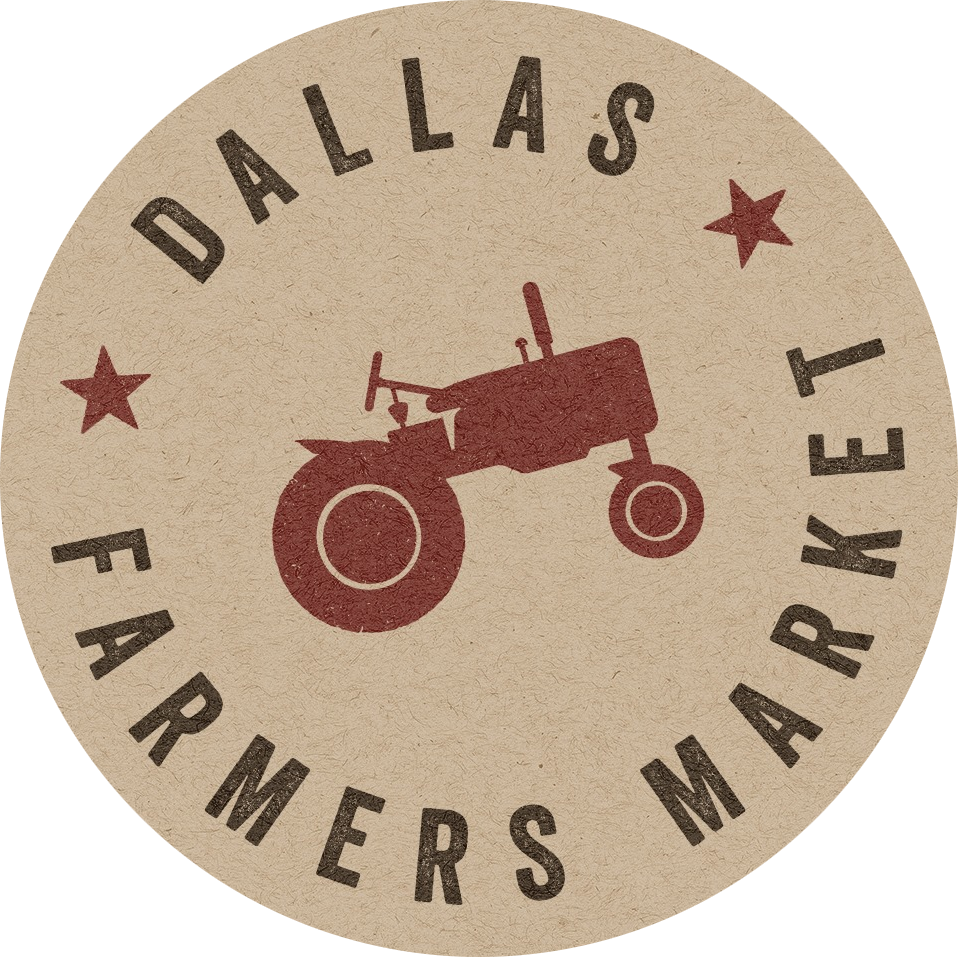Few things change as quickly as technology. Though it may not seem like farmers’ markets have a lot to say about high-tech and cutting-edge, you’d be surprised at the ways farmers both integrate and navigate the modern marvels in agriculture today. In 2024 there are hundreds of ways in which industrial farms look nothing like the family farms of one hundred years ago. Even some organic farm models have shifted from soil to shipping containers as we investigate new ways to grow food in our urban environment. Hydroponics, aquaponics, and even aeroponics are in a relative “boom” phase of development that would be unrecognizable to the farmers of 1924. In fact, 1924 is the year the General-Purpose Tractor hit the world’s stage from the factory of McCormick Deering Farmall.
Visiting the market today you will meet growers from across the spectrum of technology, some of our family farms prefer the keep things simple and you’ll find little more machinery on their land today than you would have in generations past. One sturdy little tractor can feed quite a few mouths and that’s plenty for farms like Williams Garden. Other growers, like Mushroom Street Farm, take an entirely new approach by cultivating life in the most unlikely of spaces – a warehouse storeroom with ample mushrooms grown on not one square foot of fertile land.
The past hundred years of agriculture may not be so long of a time, but it is certainly rich with depth and complexity. The Dallas Farmers Market has staked out a corner of Harwood and Marilla St in the heart of Dallas since before The Shed was built in 1946. In a century, there have been horseshoes, wagon wheels, cabbage trucks, and now electric cars passing through the intersection with the same purpose in mind – the buying and selling of locally grown produce. It’s impossible to know where the next one hundred years might take us and our food system, but if you use your wildest imagination, it might get you halfway there. Today, the iconic Dallas Farmers Market Farmall Tractor stands at the corner, where it all began, as a reminder of how far we’ve come and still have to go.










